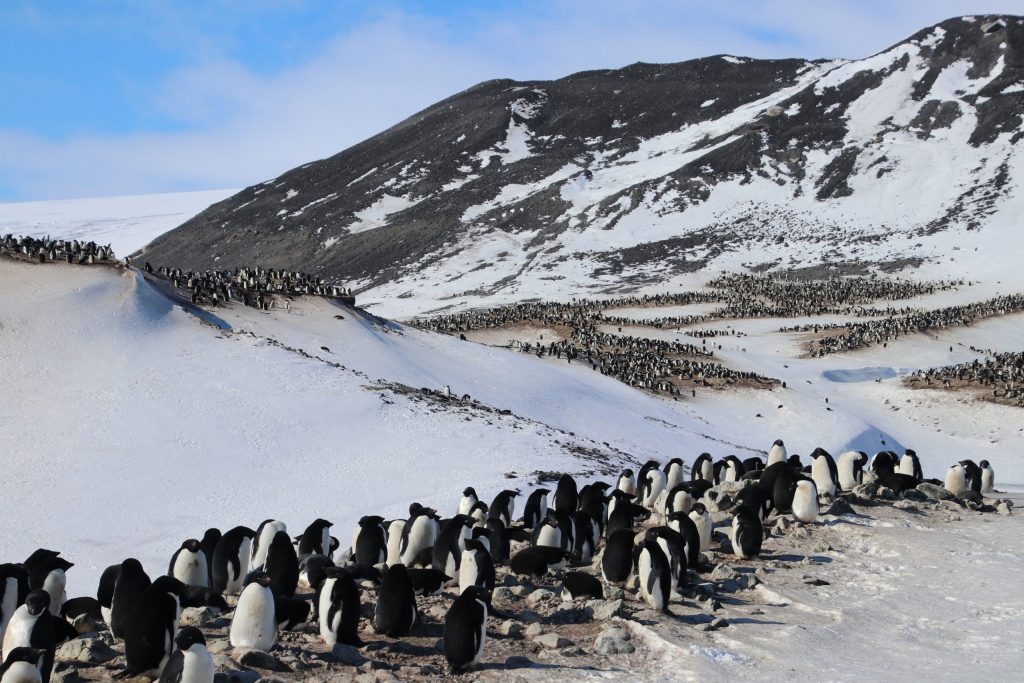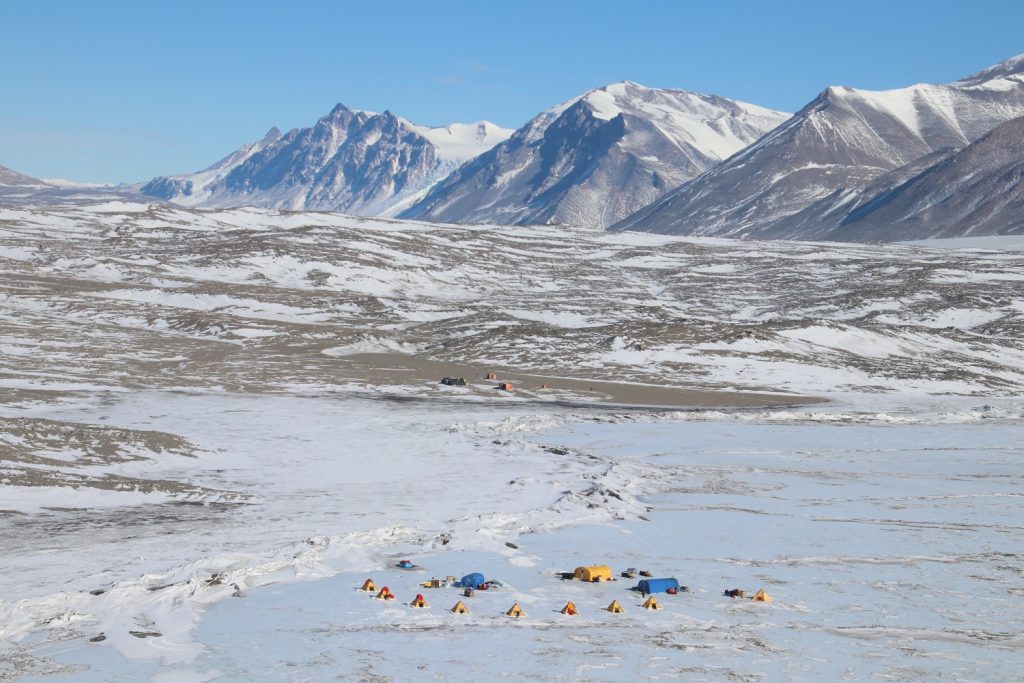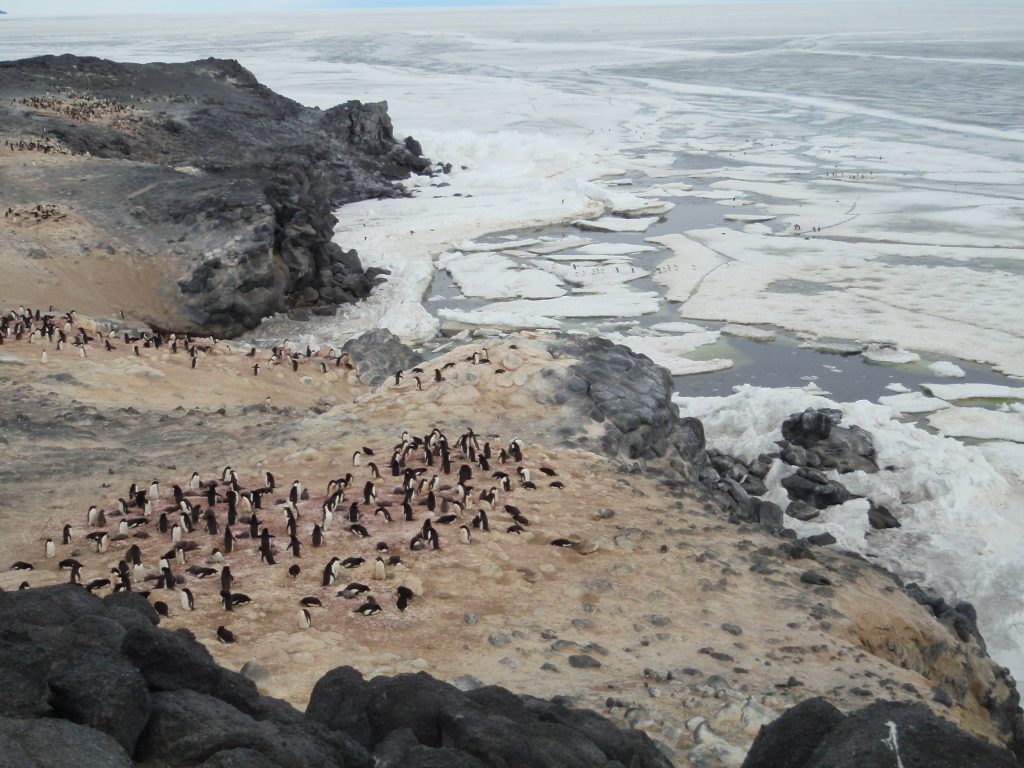MEDIA RELEASES

Contaminants expected in very old Antarctic penguin poo
Press release – Will Harvie, The Press, Nov 23 2020
Preview: New Zealand scientists expect to find centuries-old environmental contaminants in mounds of Antarctic penguin poo.
Adelie penguins nest in the same place year after year, sometimes for centuries, and their excrement builds into mounds that can be as deep as 1 metre.
Within those mounds are soil, poo, feathers, bones and eggshell fragments that probably contain contaminants such as lead, mercury and DDT. Continued …

Antarctic research receives huge support in this year’s Marsden funding round
Antarctica NZ communications, Nov 12 2020
Antarctica New Zealand would like to congratulate the Antarctic researchers who have been awarded financial support in this year’s Marsden Fund awards. The prestigious fund supports excellent New Zealand research, and successful applicants were announced this week.
Antarctica New Zealand Chief Scientific Advisor, Professor John Cottle, says it’s great to see Antarctic research receiving support and recognition.
“At Antarctica New Zealand we are lucky to support world class Kiwi researchers who are contributing to global understanding of Antarctica’s role in the earth system, and it great to see these important projects receive Marsden funding.
“It’s now more important than ever to be supporting Antarctic research as communities around the world work to understand the impact environmental change will have on Antarctica, and in turn the rest of the globe,” he says.
Congratulations to Ken Ryan, Crid Fraser, Tanya O’Neill and Kyle Clem, to read the full list of successful applicants please click here [below].

Using penguin poo to measure contaminants in Antarctica
Press release – Marsden Fund, 2020 Marsden Fund highlights, Nov 10 2020
Preview: Dr Tanya O’Neill, University of Waikato, will study penguin mounds as natural archives of contamination in remote Antarctic environments.
Antarctica remains the most pristine landscape on Earth with the lowest levels of environmental pollutants sourced from human activity. Increasingly, however, contaminants such as microplastics, DDT, and heavy metals are being found in Antarctic ecosystems. Because there are few possible sources of contamination within Antarctica, they must have been transported over long distances from external sources. Recent research suggests that animals may be the most important vector for long-range transport of pollutants to the polar regions, both through their movements and through biomagnification, a process whereby toxins like mercury and lead increase in concentration as they are successively ingested by species higher on the food chain. Continued …